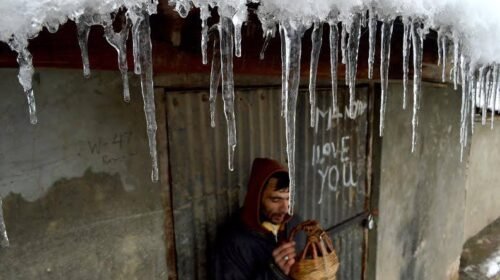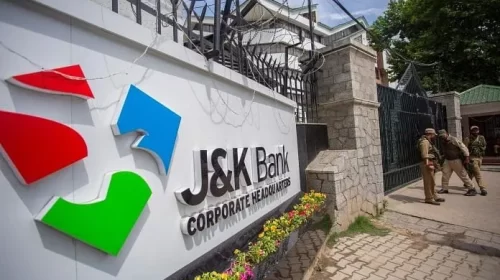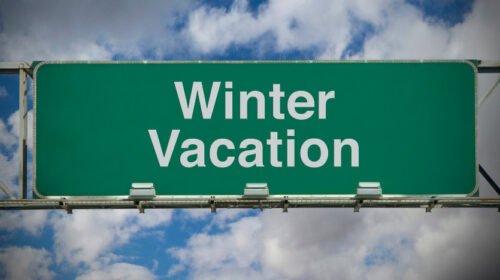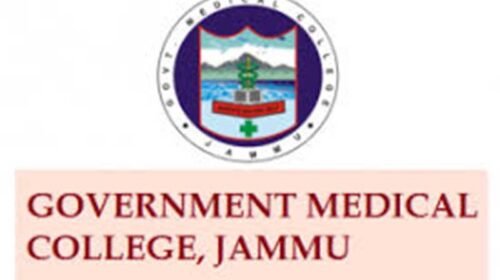Reason Why Your Airline Tickets Are So Expensive Right Now: If you are a frequent traveler, you would have noticed how the price of airline tickets has sky rocketed in the past few months.
While there are is a plethora reasons behind the rising prices, the COVID-19 pandemic is the obvious culprit in this regard.
Here we try to explore the various reasons for the expensive airline tickets recently.
‘Revenge’ Travel.
The pandemic brought life to a halt, people were locked down in their houses for so long. Forget air travel you couldn’t even go to your local grocery shop.
But now that the situation has eased people are looking for flights — sometimes their first in years — in a rush of what’s been termed “revenge travel.”
“The demand is off the charts,” Delta Air Lines Inc. Chief Executive Officer Ed Bastian said at an industry conference last week, noting that fares this summer may be 30% higher than pre-pandemic levels. “It’s coming with leisure, it’s coming with premium customers, it’s coming with business, it’s coming with international. It doesn’t matter what the category is.”
| Install Our App | DOWNLOAD |
| Join Telegram Channel | JOIN NOW |
| Join Facebook Group | JOIN NOW |
| Subscribe YouTube Channel | SUBSCRIBE |
| Follow On Twitter | FOLLOW |
| Follow On Instagram | FOLLOW |
The trend is across geographies, though some places are more squeezed than others. Searches for a return economy-class ticket between Hong Kong and London on Cathay Pacific Airways Ltd. in late June turn up prices as high as HK$42,051 ($5,360), which is more than five times the typical cost before the pandemic.
Direct flights between New York and London around the same time cost more than $2,000 in economy.
Airfares are climbing as the world reopens for travel
There are several reasons for the higher fares, not all of which are within the control of airlines.
Big Boys Are Parked.
Carriers are cautious about bringing back all their idled jets, even though most countries have eased cross-border restrictions. That’s particularly true for giant aircraft like Airbus SE’s A380 superjumbos and Boeing Co.’s older 747-8s, as airlines turn to more fuel-efficient models like A350s and 787 Dreamliners.
The pinch is most acute in Asia, which was the slowest to ease restrictions, and as China, the biggest market in the region, remains essentially closed.
After navigating varied and changing government policies for the past two years, it will take time for airlines to rebuild fleets given that many restrictions only eased in May, said Subhas Menon, director general of the Association of Asia Pacific Airlines.
That’s left people considering lengthy journeys with one or more stopovers, whereas before they might have flown direct.
With fewer planes in the skies, there are fewer seats to meet the recovery in demand, which in turn has pushed up fares.
With fewer planes in the skies, there are fewer seats to meet the recovery in demand.
Russia-Ukraine War.
Russia’s invasion of Ukraine has exacerbated a steady rise in crude oil prices over the past 18 months. Jet fuel now represents as much as 38% of an average airline’s costs, up from 27% in the years leading to 2019. For some budget airlines, it can be as high as 50%.
Spot jet fuel prices in New York have soared more than 80% this year, though prices vary from region to region depending on refining costs and local taxes. Many US carriers have been able to cover the increased fuel costs so far — but only by passing them along to travelers in the form of higher fares.
Some investors believe airlines may seek to boost fuel surcharges as a way to cope, analysts at Citigroup Inc. said in March. Most of Asia’s airlines don’t hedge jet fuel, which means they are more vulnerable to price increases.
Firings and Hirings
Hundreds of thousands of pilots, flight attendants, ground handlers and other aviation workers lost their jobs over the past couple of years.
With travel picking up, the industry now finds itself unable to hire fast enough to allow for seamless operations at its pre-pandemic levels.
In the US, smaller regional airlines can’t fly at full capacity because bigger carriers have hired away too many pilots.
In Europe, major airports have faced delays and cancellations after failing to hire adequate staff. That has disrupted airline schedules and added to costs.
Balancing The Books.
Aviation is a capital-intensive industry with historically wafer-thin margins. Covid has made that operating climate even more challenging: globally, airlines lost more than $200 billion in the three years to 2022.
Elevated fares provide carriers with a path to recover from losses and return to the black.
When Will It End?
It’s unclear how long these high prices will persist, even as many travelers seem willing to pay up.
“The rise in prices is a short-term phenomenon,” estimates Stephen Tracy, chief operating officer at Milieu Insight, a Singapore-based consumer insight and analytics firm. “Let’s all just hope that once these things equalize again, the prices come back down. I am fairly confident that they will.”










